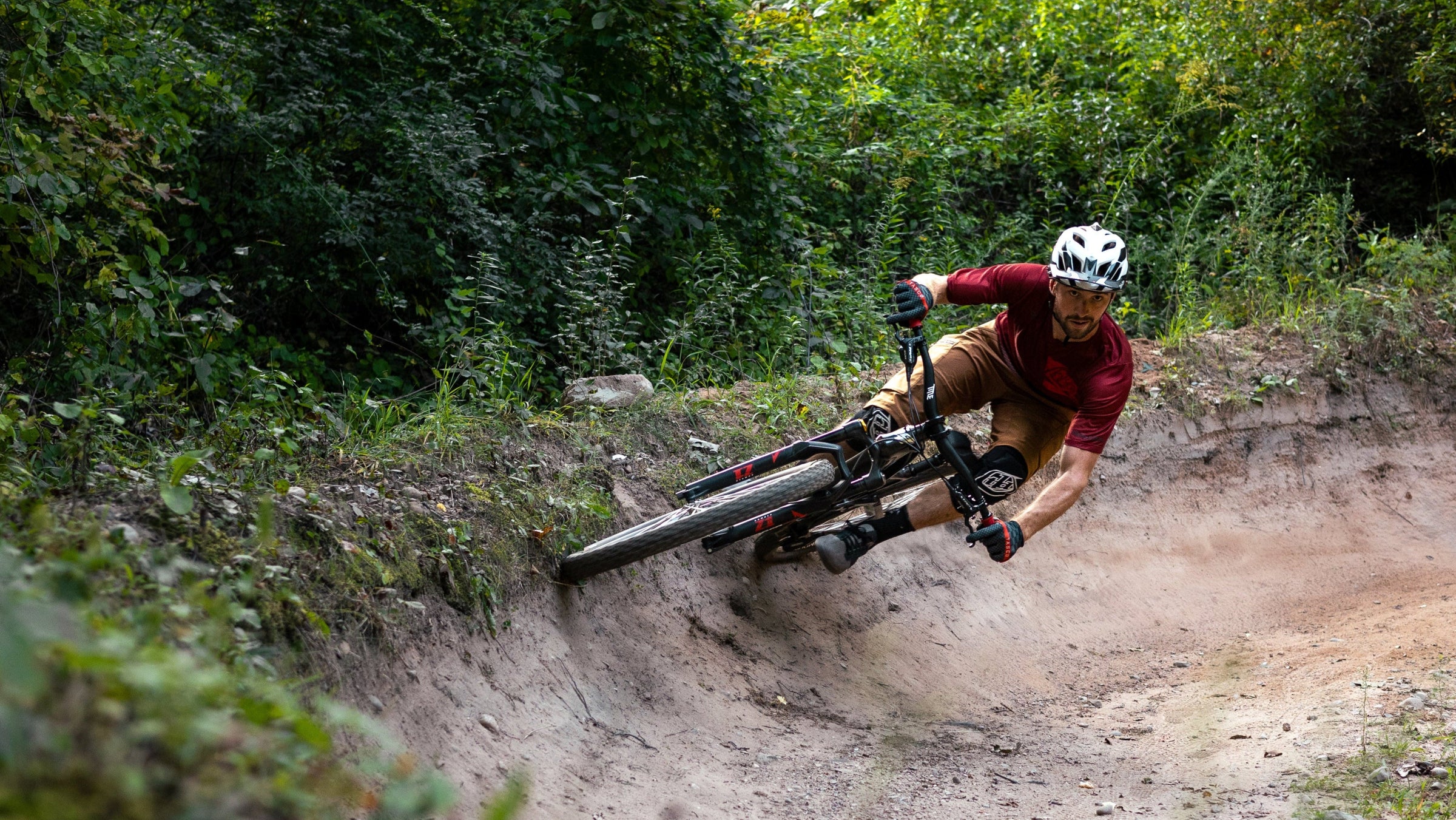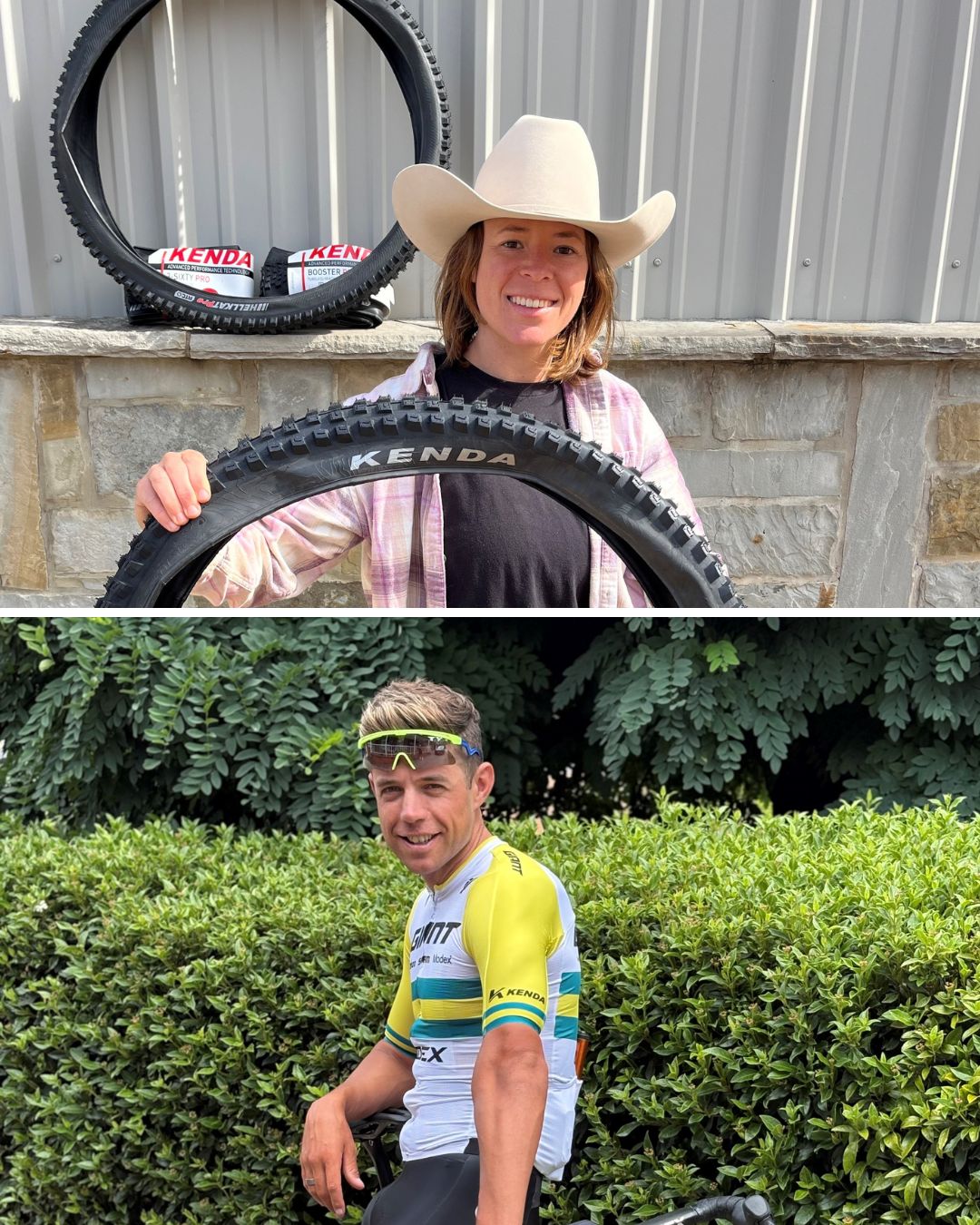Glossary
CASING
The woven fabric under layer that makes up majority of the tire. The casing can be constructed out of several different fabric types, and can be layered up to create the different ply (layers) of a tire. The casing Runs from bead to bead under the tread and is made up of thread and rubber.
CORD
Every tire has a fabric under layer, referred to as the casing, that serves as the foundation of the tire and the cord is the individual strands of fabric that form the casing. The cord casing is coated in rubber and then the remainder of the tire is built around this casing. The quality of the cord casing is indicated by the TPI (threads per inch) or EPI (ends per inch). Generally, the higher the threads per inch (TPI) the higher the quality of the tire. In the Kenda line of tires, entry level tires have 22tpi and they rise to 30, 60, and 120tpi at the premium level.
TREAD RUBBER
A separate rubber component that is applied to the casing of the tire prior to the vulcanization and formation of the tread pattern. Once the smooth unformed tread rubber is applied, the tire is inserted into a mold where it is vulcanized. Once vulcanized, the rubber becomes a permanent part of the tire.
WIRE BEAD
A thin steel wire that is spun into the appropriate diameter for the tire that serves as the attachment point between the tire and the rim. Wire beads are generally found on entry level tires or Kenda's premium downhill tires.
FOLDING BEAD
An Aramid string woven into the appropriate diameter for the tire that serves as the attachment point between the tire and the rim. Sometimes referred to as Aramid Bead tires, folding bead tires are lighter weight than wire bead and are often used on high pressure tires as well as the all of Kenda's premium road tires.
TPI (THREADS PER INCH)
A common indicator of the quality of the casing of a tire. Higher TPI tires are lighter weight and provide a more supple ride. Lower TPI tires are durable and provide greater stability.
TIRE MOLD
Can be made of two or more pieces that when pressed together will form the tread pattern of the tire. While applying high heat energy, a bicycle tire is formed by inflating a bladder, which presses the 'green' un-vulcanized tire into a negative mold of the tread pattern.
PRESTA
A high pressure "skinny" valve sometimes referred to as a French valve.
SCHRADER
A low pressure automotive type valve, sometimes referred to as an American valve.
RIM STRIP
A thin strip of material that protects the tube from potential punctures caused by the holes, nipples, spokes, and other sharp objects. Rim strips come in different materials and sizes to accommodate a wide range of rims, tires, and applications.
E.T.R.T.O. (EUROPEAN TIRE AND RIM TECHNICAL ORGANIZATION)
Also called the ISO number, is the numerical measurement that is used to determine the exact rim compatibility of the tire. The E.T.R.T.O. number is broken into two sets, the first value indicates the width of the tire in millimeters, and the second value indicates the diameter of the rim to tire bead interface in millimeters. Using the E.T.R.T.O. number is the recommended method of finding the right size tire for your rim.
TRADITIONAL SIZING SYSTEM
Size indicated on the sidewall of a tire and is expressed as two numbers separated by a 'X'. The first number is the outside diameter of the tire and the second number is the width. Different countries have different standards for tire sizes and as such have lead to confusion and incompatibility between tires that all share the same outside diameter. For example there are five different tire diameters that all share the traditional size of 26". To match up traditional sizes one should refer to the E.T.R.T.O. of a tire for exact compatibility. An easy rule to make certain that a compatible replacement tire is chosen is to match up tires that have their traditional size expressed as a fraction with another tire with a fractional size; and tires expressed decimally with other similar decimally expressed tires.











